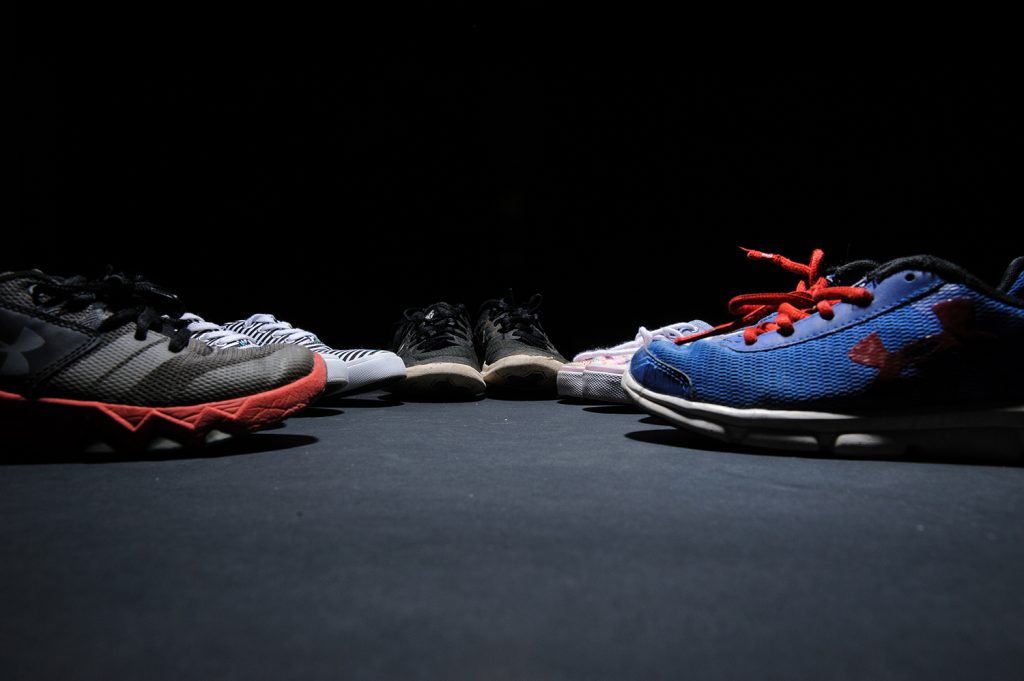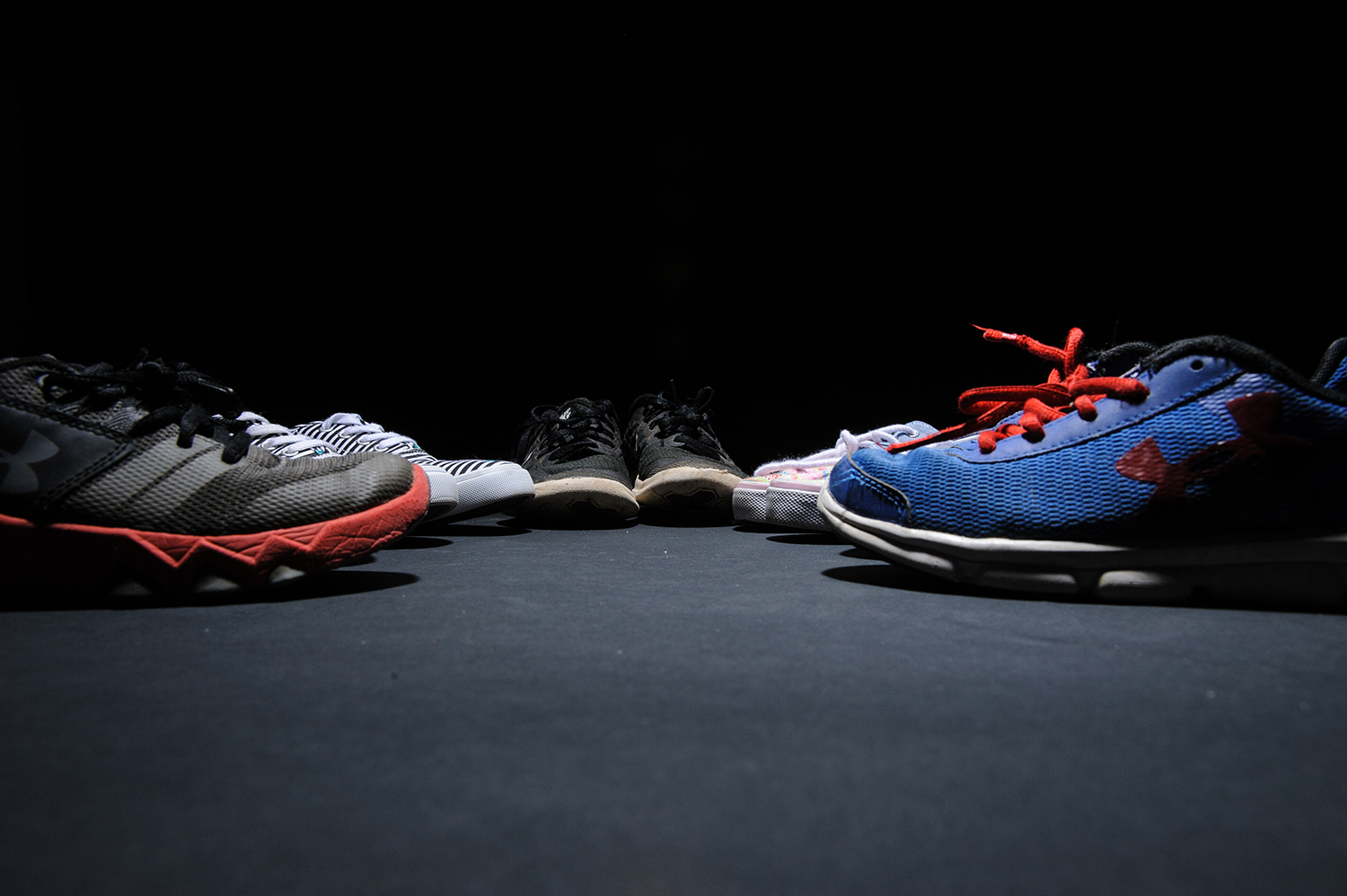
Early intervention needed for bullied youth
By Kim Eaton and David Miller
Bullying and youth aggression are not new concepts. Even the types of aggression have not drastically changed. What has changed, however, is the response to these incidents, namely intervention techniques.
Previous research estimates as many as 75 percent of children and adolescents report experiencing some sort of peer victimization — that is receiving an intentional act of aggression, by someone of a similar age, perceived by the victim as harmful.
“During adolescence, social emotional development is at the forefront,” said Dr. Deborah Casper, who studies peer relations and interactions at The University of Alabama.
“A social goal for some adolescents is to be accepted, to achieve status. In order for one peer to move up in the hierarchy, someone else needs to move down,” Casper continued. “If I think you have a higher status than I have, then I need to knock you down a notch or two. It’s a very selfish and harmful thought pattern.”
The question for Casper is how interventions can reach kids who attempt to obtain their own goals by harming their peers.

Casper led a study exploring who is victimized, the different types of peer victimization and the repercussions of those actions. Her findings suggest earlier interventions and ones designed to address developing social skills are more likely to be successful in helping address peer victimization and its outcomes.
The two types of peer victimization include overt victimization, behavior such as hitting, pushing and kicking, and relational victimization, a more covert form such as vicious rumors or intentional exclusion. Casper examined research on peer victimization in 17 countries and found girls and boys experience relational peer victimization, but boys experience victimization that is more overt.
“If we’re talking about relational aggression, we’re talking about excluding people, starting rumors, damaging other people’s relationships,” Casper said. “It’s all about relationships, so we need to help kids learn about relationships and what it means to be a good friend. We need to teach kids how to communicate appropriately and effectively.”
Researchers then examined what separates these two forms of victimization, which involves the relation to symptoms such as depression and anxiety as well as to aggressive behavior and support from other peers. The study, a metaanalysis, looked at 135 studies on victimization involving 190,052 children and adolescents, ages 4 to 17, in 17 countries over 20 years.
Researchers found, to a large degree, victims of one form of peer victimization are likely to experience the other form, which the study’s authors suggest means the two forms should be considered in relation to one another.
Aggression has a developmental trajectory. In elementary school, researchers see primarily overt aggression in children – hitting, kicking, pushing, name-calling – but that changes with age. Students in middle school and high school experience much higher rates of relational aggression.
The reasons behind the aggression change, so that needs to be addressed when looking at intervention techniques, Casper said.
“Schools have limited resources. They don’t have a lot of money to put toward intervention programs,” said Casper, who led the meta-analysis. “If money is going to be allocated toward bullying or aggression intervention, then we really need to look at how those intervention programs are being delivered and what type of aggression we’re targeting at each developmental stage.”
The researchers found differences when they examined the relation between each form of victimization and various indicators of adjustment. Relational victimization, experienced by boys and girls at similar levels, was related to higher levels of relational aggression and internalizing problems such as symptoms of depression and of anxiety, as well as lower levels of received pro-social behavior, like peer support and help. The older the student, the more being the target of rumors and exclusion was related to an increase in symptoms of depression and anxiety, the study found.
“In adolescents, friendships are extremely fragile, and, with social media, your relationships are being played out for the whole world,” Casper said. “That’s a lot of pressure on kids. Social development is so important at this age, so when that’s not going well and you’re the one being excluded, how are you going to focus on chemistry or go to class?
“One instance of cyber aggression or relational aggression can have a devastating and long-term impact,” she added.
The study also found that children and adolescents who experience higher levels of overt victimization report higher levels of overt aggression and lower levels of pro-social support. They exhibit more externalizing behavior such as delinquency, impulsivity and conduct problems. The link between overt victimization and behavior such as impulsivity and delinquency also increases as children get older.
“Although we cannot say that one causes the other, the links among overt victimization, overt aggression and externalizing problems may lead to more serious risk-taking behaviors and delinquency,” Casper said. “For this reason, the earlier we intervene in incidents of overt aggression and other externalizing behavior, the better.”
Dr. Casper, an assistant professor of human development and family studies, is the lead author of a paper on this topic published in the journal Child Development.
